Let’s be real: Going green doesn’t have to mean going broke. A lot of eco-products look fancy and cost a fortune, but true sustainability is about being smart, not spending more.
One small change can start a ripple effect: less waste, lower bills, and more impact.
In this guide, we’re walking through eco-friendly swaps that actually help you save money—without adding stress to your life.
1. Reusable Water Bottles vs. Bottled Water
Plastic bottled water might seem harmless, but it’s quietly wrecking both your wallet and the planet. The average American buys around 167 bottles a year, spending about $1,400 annually.
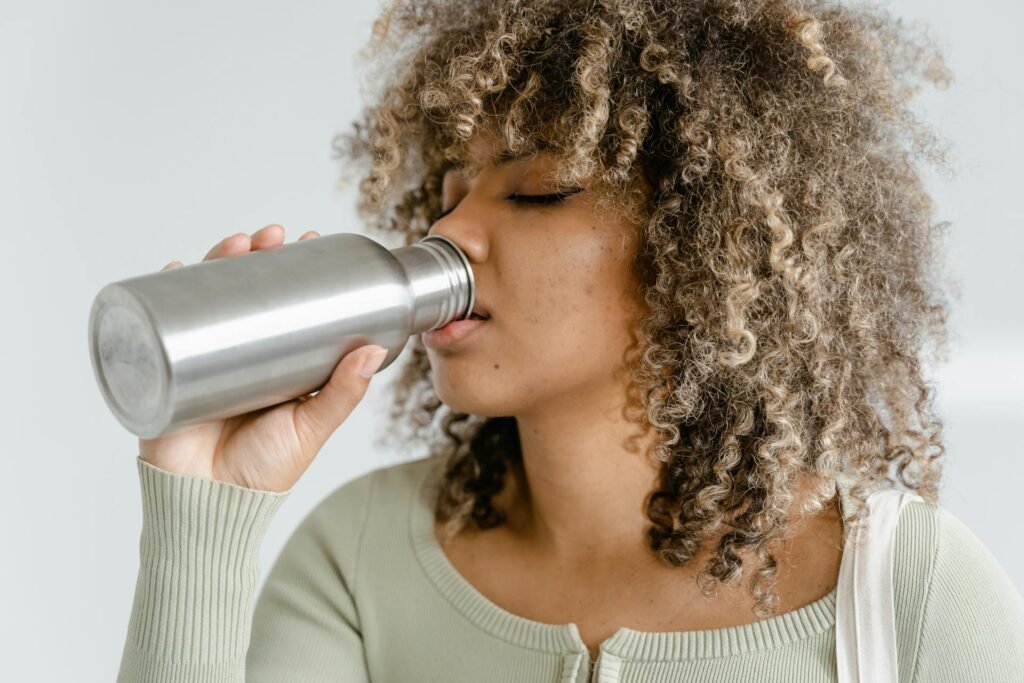
In contrast, using a reusable water bottle and filling it from the tap costs less than 50 cents a year. That’s a massive difference.
A high-quality reusable bottle may cost $20–$50, but it pays for itself within weeks. Add in the fact that bottled water production wastes 1.32 liters of water per liter bottled, and you’re not just saving money—you’re saving resources.
2. Cloth Napkins & Towels vs. Paper Products
Paper towels and napkins are deceptively expensive. A typical household can go through 150 rolls per year, racking up about $300 annually.
A one-time $40 investment in cloth napkins and reusable kitchen towels drastically cuts this cost. They’re washable, durable, and give a more elevated feel to everyday use.
After just a few months, you’re already saving. Over a year? You could keep more than $250 in your pocket.
3. Safety Razors vs. Disposable Razors
Disposable razors seem cheap at first glance, but replacing them regularly adds up fast. Most people use about 20 per year, costing around $50. A safety razor might set you back $30 up front, but the blades cost just 30 cents each.
Over time, your yearly shaving cost drops to around $6. Not to mention, safety razors offer a smoother shave and dramatically reduce plastic waste.
4. Refillable Cleaning Products vs. Single-Use Bottles
Most of us don’t think twice about buying new cleaning products every month, but single-use plastic bottles are overpriced and wasteful.
Brands like Blueland and Grove offer stylish refillable bottles and affordable tablet or concentrate refills, costing about $1 each compared to $3–4 for traditional cleaners.
Making your own cleaners with vinegar and baking soda? Even cheaper. In a year, this swap alone could save you over $100.
5. LED Bulbs vs. Incandescent Bulbs
Lighting can account for up to 15% of your electricity bill. Incandescent bulbs are energy hogs and burn out quickly.
LEDs, on the other hand, while more expensive up front ($3–8 per bulb), use 75–90% less energy and last 25 to 50 times longer.
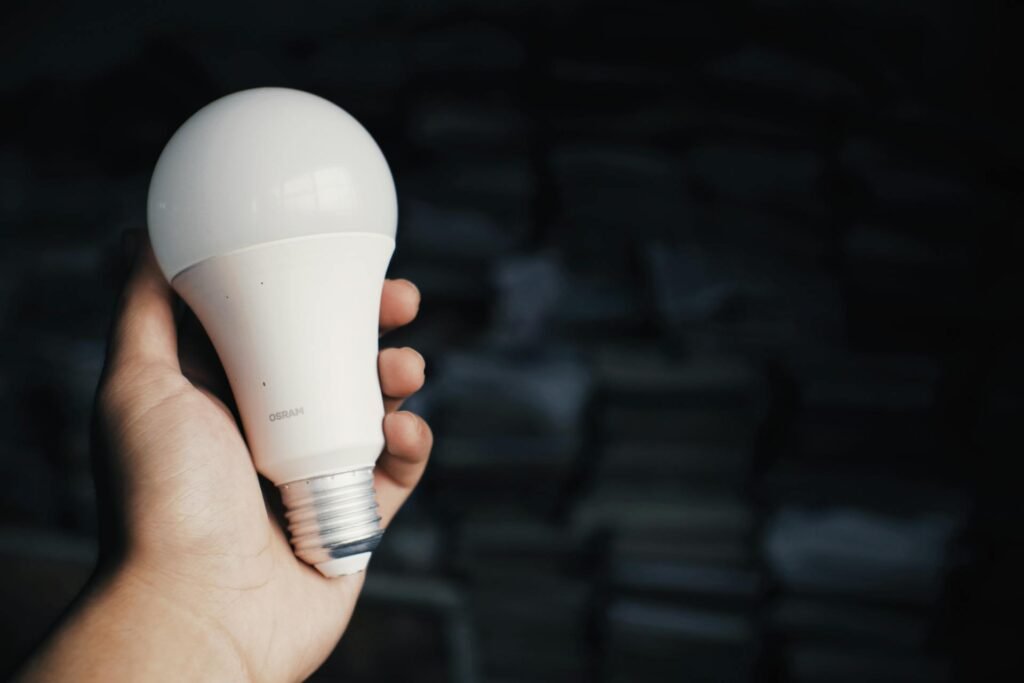
What does that mean? Well, swapping out old bulbs with LEDs is one of the surefire ways to reduce your energy bills. In fact, the mere switch can save a household around $500 annually. Imagine saving $500 from just switching the bulbs! That means one LED bulb alone can save $80 in electricity over its lifetime.
6. Reusable Cotton Rounds vs. Makeup Wipes
Makeup wipes are convenient but costly. A pack of 100 can cost around $10, and you’re tossing them after one use. Reusable cotton rounds, on the other hand, can be bought for about $15 for a 25-pack and reused for months. That means within six months, they’ve already paid for themselves, and your skin (and trash bin) will thank you.
7. Menstrual Cups or Reusable Pads vs. Disposable Products
Period products are a recurring cost that really adds up. Most women spend $120–180 a year on tampons and pads.
A single menstrual cup, which costs around $30–40, can last over five years. Reusable cloth pads have a similar lifespan.
The math here is clear: you could save over $1,000 in a decade, and you’re creating zero waste in the process.
8. DIY Coffee at Home vs. Coffee Shop Cups
A $5 coffee at your local cafe might sound like a small amount. But do you know what that means by the end of the year, assuming that you only do it five times a week? It would add up to around $1,300 annually.
Brewing your own at home? A $30 French press and $200 in beans or pods covers you for the year. That’s over $1,000 in potential savings. And with practice, you’ll probably start to prefer your own brew anyway.
9. Rechargeable Batteries vs. Single-Use Batteries
Batteries aren’t cheap. If you go through just 24 AA batteries a year, you’re spending at least $18.
A rechargeable kit, including a charger and 8 batteries, costs about $30 and lasts for years. After just 18 months, the investment pays off—and you’re sending way less battery waste to landfill.
10. Buying Secondhand vs. New (Clothes, Furniture, Kids’ Gear)
Secondhand shopping used to have a stigma, but now it’s just smart. Clothes, furniture, and kids’ gear are often 50–70% cheaper when bought used.

A $300 stroller brand-new might cost $100 on Facebook Marketplace. Shopping secondhand doesn’t just save money—it keeps perfectly good items out of landfills and gives you a unique, eclectic style.
11. Meal Planning & Bulk Buying vs. Impulse Grocery Shopping
The average U.S. household wastes about $1,500 worth of food every year. That’s what the US Department of Agriculture (USDA) says.
Planning meals and buying in bulk cuts that down significantly. With a simple weekly plan, you can avoid overbuying, make better use of leftovers, and shop smarter.
Bulk buying staples like rice, pasta, and beans can save 25–40% compared to pre-packaged goods.
12. Bar Soap & Shampoo Bars vs. Bottled Products
Liquid soaps and shampoos don’t last nearly as long as bars, and they come with lots of plastic waste.
Shampoo bars typically last 60–80 washes. That’s six times longer than a bottle. A bar might cost $10, but when you divide it out, you’re paying just cents per wash.
And in case that isn’t enough, here’s a bonus: bar products are often made with cleaner ingredients. So you get a more eco-friendly option at a lower cost and one that will help you reduce bathroom waste.
13. Electric Kettle vs. Stovetop Boiling
Are you still using your stove to boil water? If yes, it’s time to switch to using an electric kettle.
And here’s why: The electric kettle is more efficient than boiling water on the stove. In fact, it’s 30–50% more energy-efficient. And even more, it boils water faster. That means you get the job done faster and at less cost.
Over time, these cost savings add up, especially if you make coffee, tea, or pasta regularly. An electric kettle typically costs $20–40 and will save you both time and money.
14. Houseplants vs. Air Fresheners
Air fresheners might smell nice, but they’re full of chemicals and need constant replacing. A houseplant, on the other hand, cleans your air naturally and lasts for years.
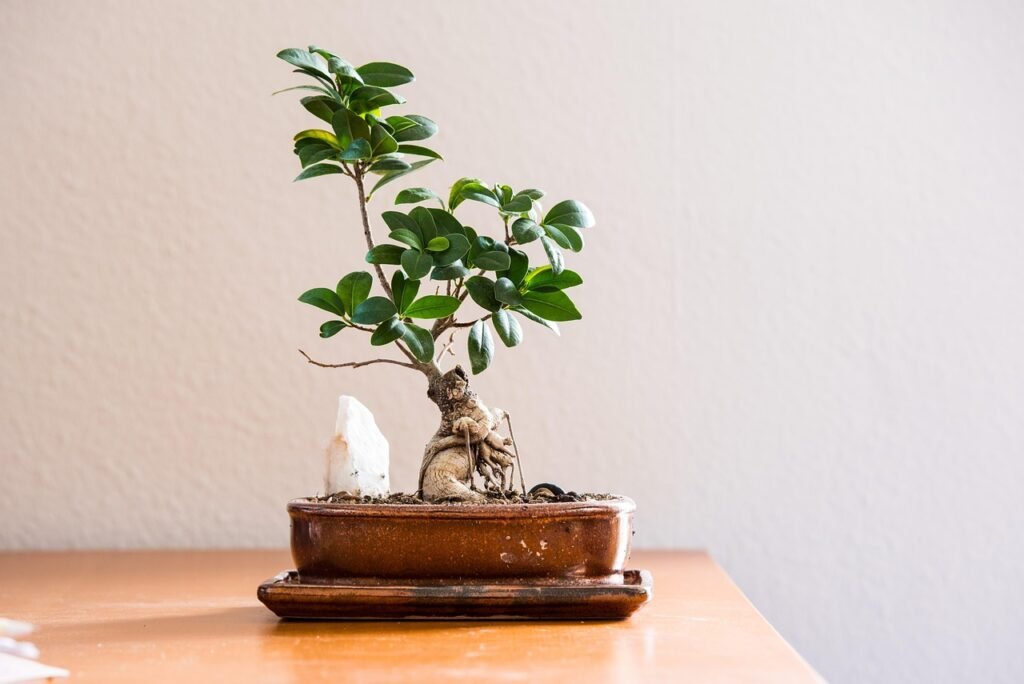
A $15 plant not only improves indoor air quality but also boosts mood and adds a calming vibe to your home—with no monthly refills needed.
15. Bike or Walking for Short Trips vs. Car Rides
Short car trips add up in gas, maintenance, and wear. Driving costs about $0.60–0.75 per mile. Opting to bike or walk a few times a week can easily save $200–300 annually.
Plus, it’s great for your health and reduces your carbon footprint. For under $200, a bike pays for itself within months.
Conclusion: Pick One. Start Simple. Own Your Impact
You don’t need to overhaul your entire life. Pick just one swap that fits your lifestyle and go from there. Whether it’s using a reusable water bottle or switching to LED bulbs, each change adds up. These aren’t sacrifices—they’re smart, long-term moves that benefit your wallet and the world. You get smarter. Your wallet gets bigger. The Earth gets cleaner.
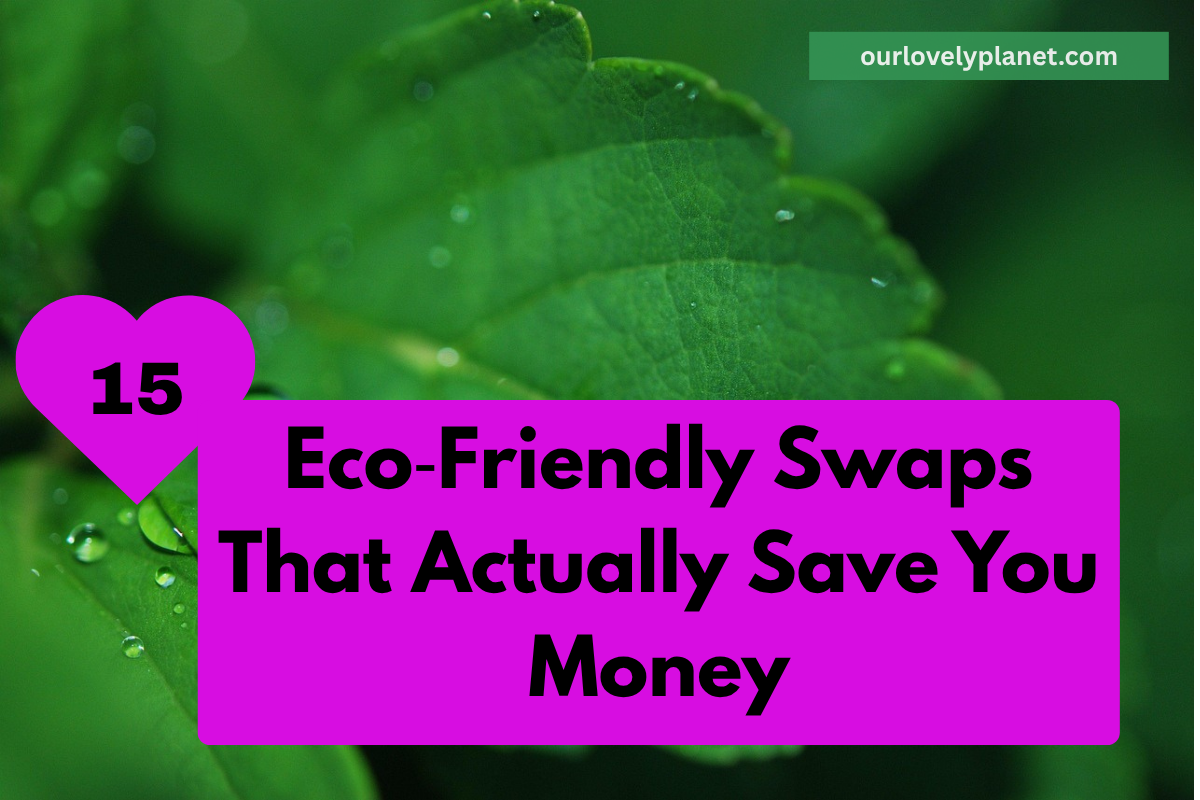


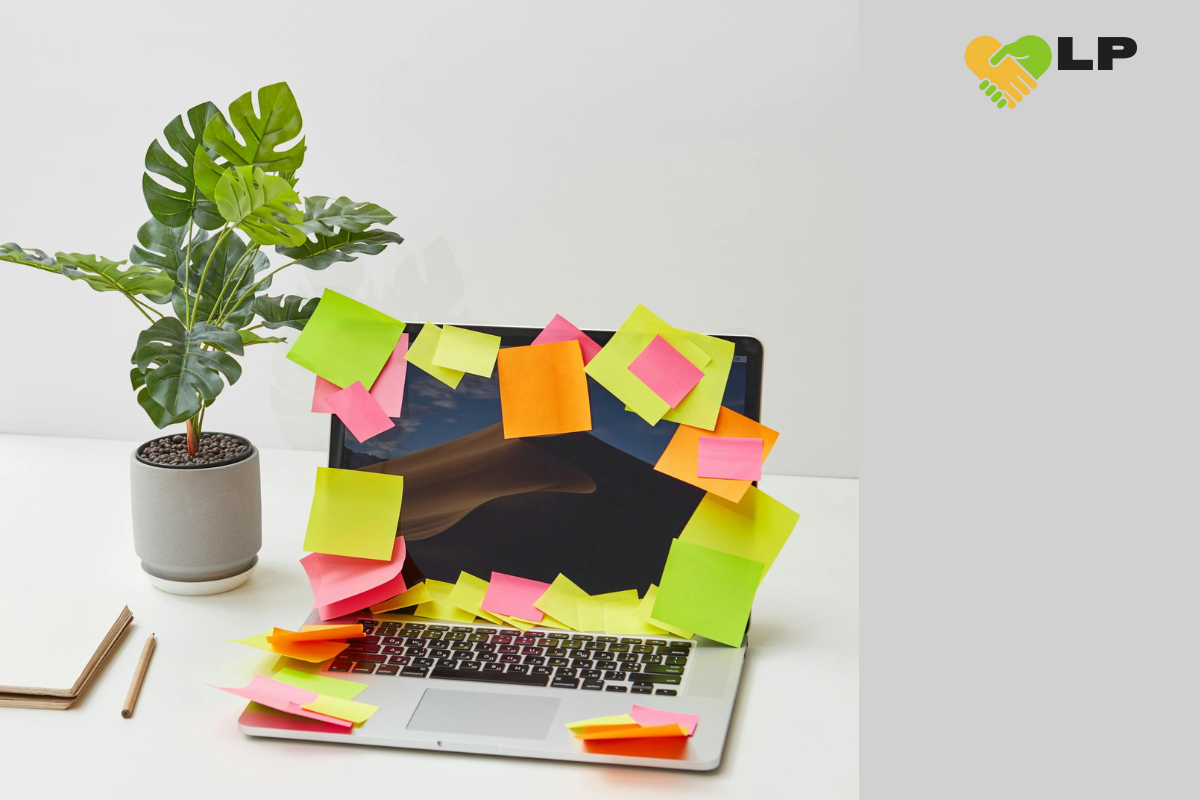
eyi7zb
Definitely believe that which you said. Your favorite justification appeared to be on the internet the simplest thing to be aware of. I say to you, I certainly get irked while people consider worries that they just don’t know about. You managed to hit the nail upon the top and also defined out the whole thing without having side-effects , people could take a signal. Will probably be back to get more. Thanks